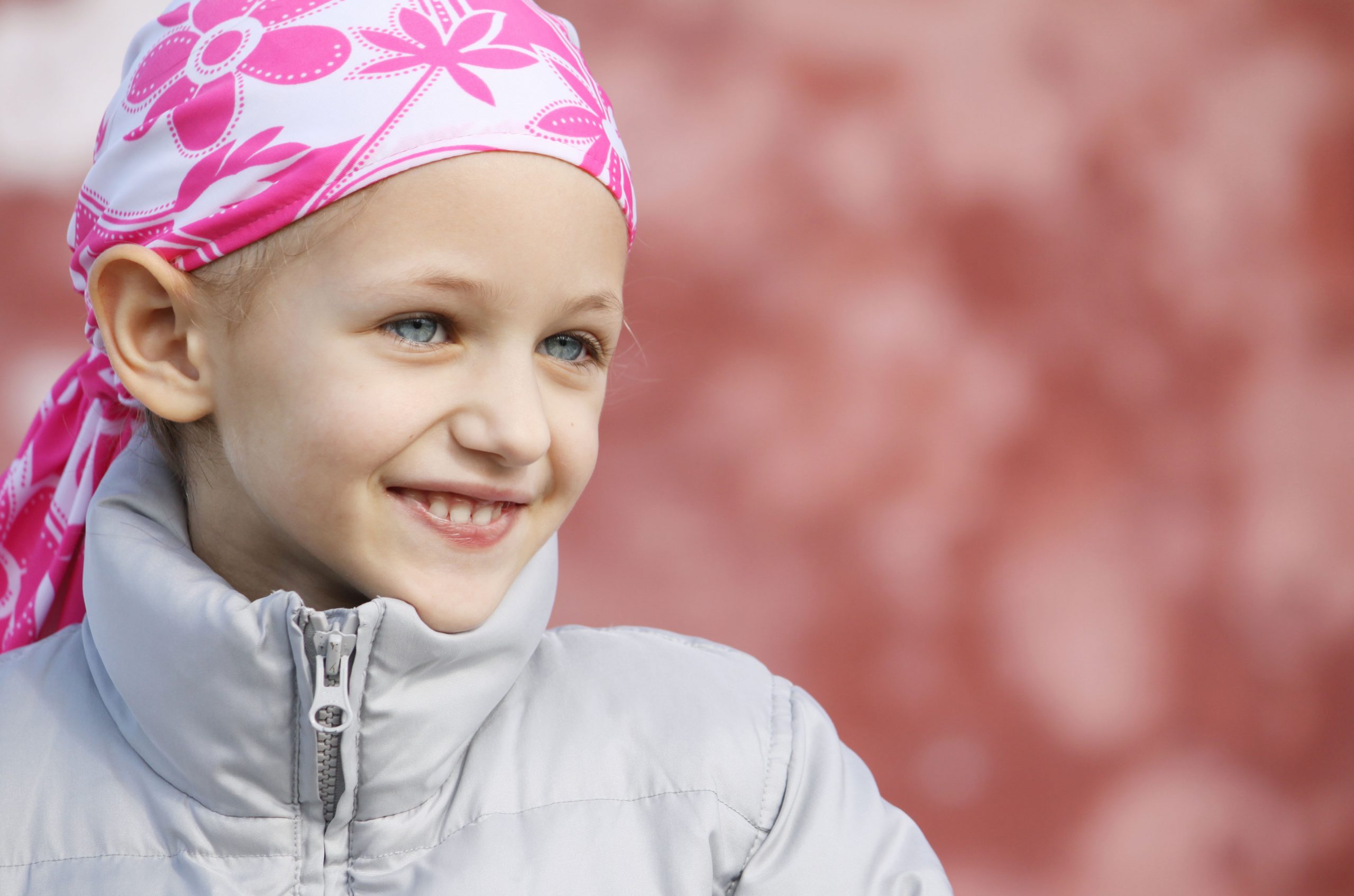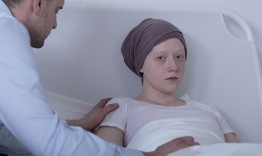
Molecular genetics of childhood tumours
Funding: Million Dollar Recognition Award
(2012–2017)
Researcher: Professor Ursula R Kees
Most children and young adults with leukaemia are diagnosed with acute lymphoblastic leukaemia or ALL. More than 50 years ago a few clinicians pioneered the use of what we call chemotherapy – drugs that are toxic and preferentially attack leukaemia cells. A tremendous international cooperation by clinicians and scientist started to find combinations of drugs that can eliminate the ALL cells and lead to cure. Steady progress has pushed the cure rate in some childhood patients to 95%, yet close to 40% of deaths occur among patients who are expected to respond favourably to multi-drug therapy.
The burden of disease for childhood cancer is 67 person years life lost compared to 16 for breast cancer. Sadly, in some patients the disease comes back and the patients relapse. Most relapses of ALL occur in the bone marrow from where the disease originates. At the time a patient is diagnosed, the bone marrow does not contain many normal cells, but instead contains about 95% ALL cells. The cause of relapse is often due to the fact that the chemotherapeutic drugs are not toxic to the leukaemia cells – because they have changed their genetic features somewhat and as a result have become resistant. We have recently discovered that leukaemia cells use another escape method, and this is by triggering a response in the normal cells that surround them. This seems to be a slow process and takes place in the bone marrow. It ultimately leads to protection of leukaemia cells by the microenvironment.
Our studies began when we made the discovery that a growth factor which regulates interactions between cells is highly expressed in ALL cells. It is called connective tissue growth factor, or CTGF for short. We found out that the ALL cells rapidly secrete CTGF such that cells in the vicinity receive a CTGF signal. In order to find out what this signal might achieve, we generated ALL cells that secrete more or less of this growth factor. Our studies showed that CTGF promotes the growth of leukaemia, and that the cells surrounding the ALL cells respond to the signal. These neighboring cells in turn secrete other factors and signal to surrounding cells. These combined reactions of the surrounding cells seem to trigger expansion of the leukaemia cells. Our understanding of the cascade of events opens up new avenues to interfere with the process. The goal is to find inhibitors of this mechanism to stop the leukaemia from coming back.
Similar Project
Therapy & molecular genetics of leukaemia in infants
Funding: Triennial Block Grant
(2012–2015)
Researcher: Professor Ursula R Kees
Targeting therapy & disease outcomes in paediatric cancer
Funding: CLCRF Research Fellowship
(2010–013; 2013–2016)
Researcher: Associate Professor Alex H Beesley
Effective therapies for NUT midline carcinoma
Funding: CLCRF Project Grant
(Jan 2014–Dec 2014)
Researcher: Associate Professor Alex H Beesley
Morpholino therapy for childhood cancer
Funding: CLCRF Project Grant
(Jan 2014–Dec 2014)
Researcher: Associate Professor Alex H Beesley




